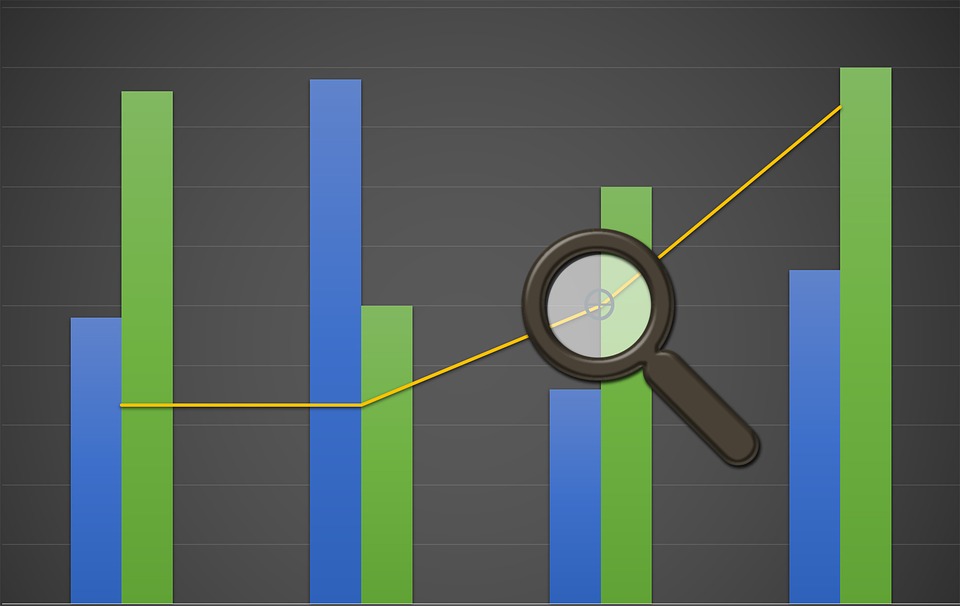
Every business-to-business (B2B) company can benefit from segmenting its list of prospects. The fundamental purpose of segmentation is to create subsets of prospects who are most likely to buy your product or service. Rather than targeting a general list of prospects in your marketing efforts, for instance, you can target individual segments. With that said, there are a few things you should consider when segmenting your B2B prospects, including the following.
#1) Source
One of the first things to consider when segmenting prospects is the source from which the lead was obtained. Maybe you obtained one lead through email and a second lead through direct mail. If so, you may want to create two segments: one for the email prospect and another for the direct mail prospect.
#2) Sales Cycle Stage
You should also consider the sales cycle stage in which prospects are currently in. While there are always exceptions, you'll typically have an easier time converting prospects in the middle and latter stages of the sales cycle than the beginning stages. These prospects have already been "nurtured," increasing the chance of a successful conversion.
#3) Budget
How much is the prospect is looking to spend? You won't always have access to this information. However, if you know prospects' budgets, you can segment them more effectively. Marketing your products or services to prospects with a low budget, for instance, requires a different approach than marketing to prospects with a high budget. By segmenting prospects based on budget, you can create stronger, more effective marketing messages.
#4) Duplicate Entries
It's a good idea to check your segment lists to see if the same prospect is listed in multiple segments. Granted, there's nothing necessarily wrong with including the same prospect in multiple segments, but you should adjust your marketing efforts accordingly. If you send a marketing messages to every prospect in a segment, the same prospect may receive multiple messages.
#5) Age
You should consider the age of your leads when segmenting prospects. Older leads are generally less likely to convert than newer leads. You can still target old leads in your segmented lists, but you can expect a lower conversion rate.
#6) Manual vs Automated
Finally, consider whether you're using manual or automated segmentation techniques. Automated segmentation can streamline the process, though it lacks the accuracy and effectiveness of manual segmentation. If you're going to use automated techniques, try reviewing them manually for quality assurance purposes.
What to learn more? Get in Touch
Latest Posts
-
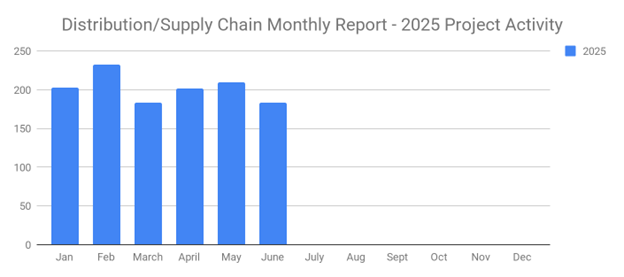
June's New Distribution and Supply Chain Planned Projects Return to March’s 183 Confirmed Figure
-
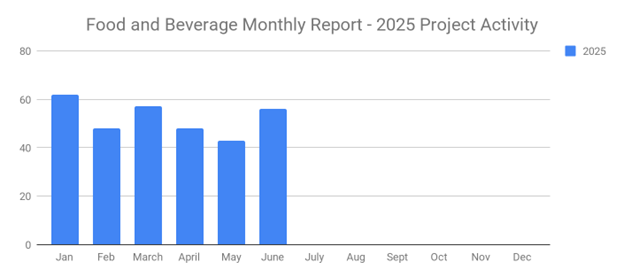
Food and Beverage Rebounds with 56 New Planned Projects Igniting Growth After Decline
-
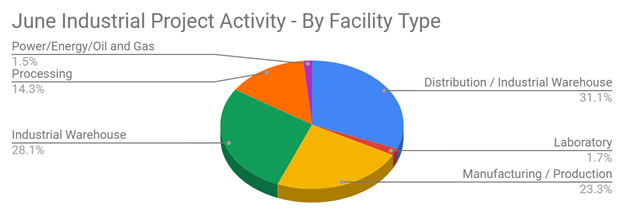
June 2025’s New Industrial Construction Projects Grew 7% Month-Over-Month
-
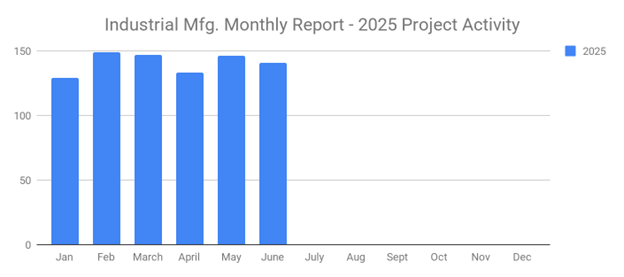
Q2 Industrial Manufacturing Soars 31% for Planned Projects Over $100M; June Planned Industrial Projects Hit 141

